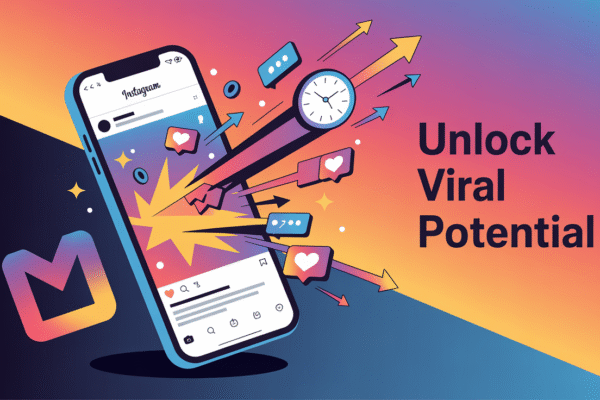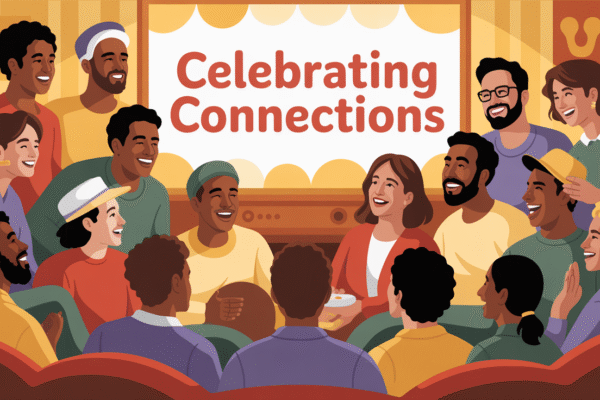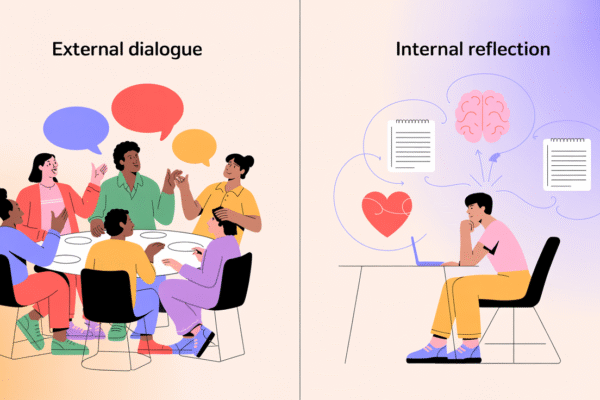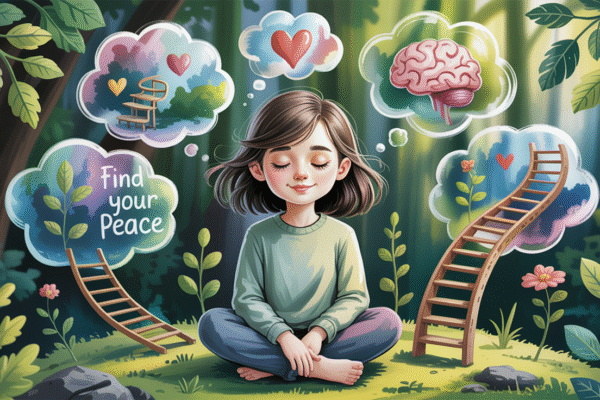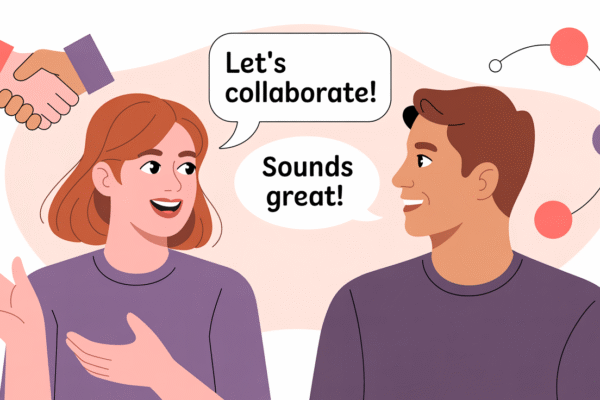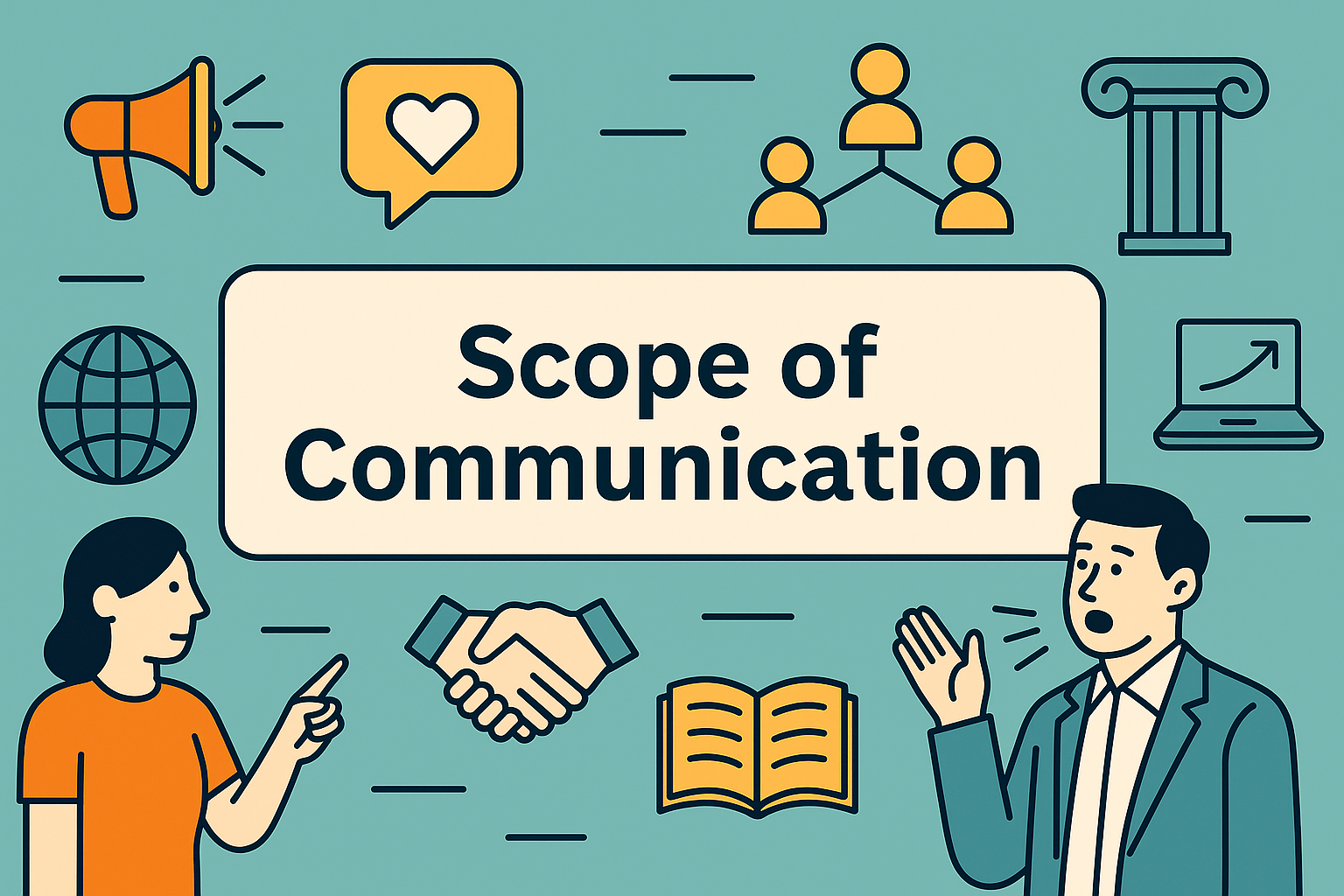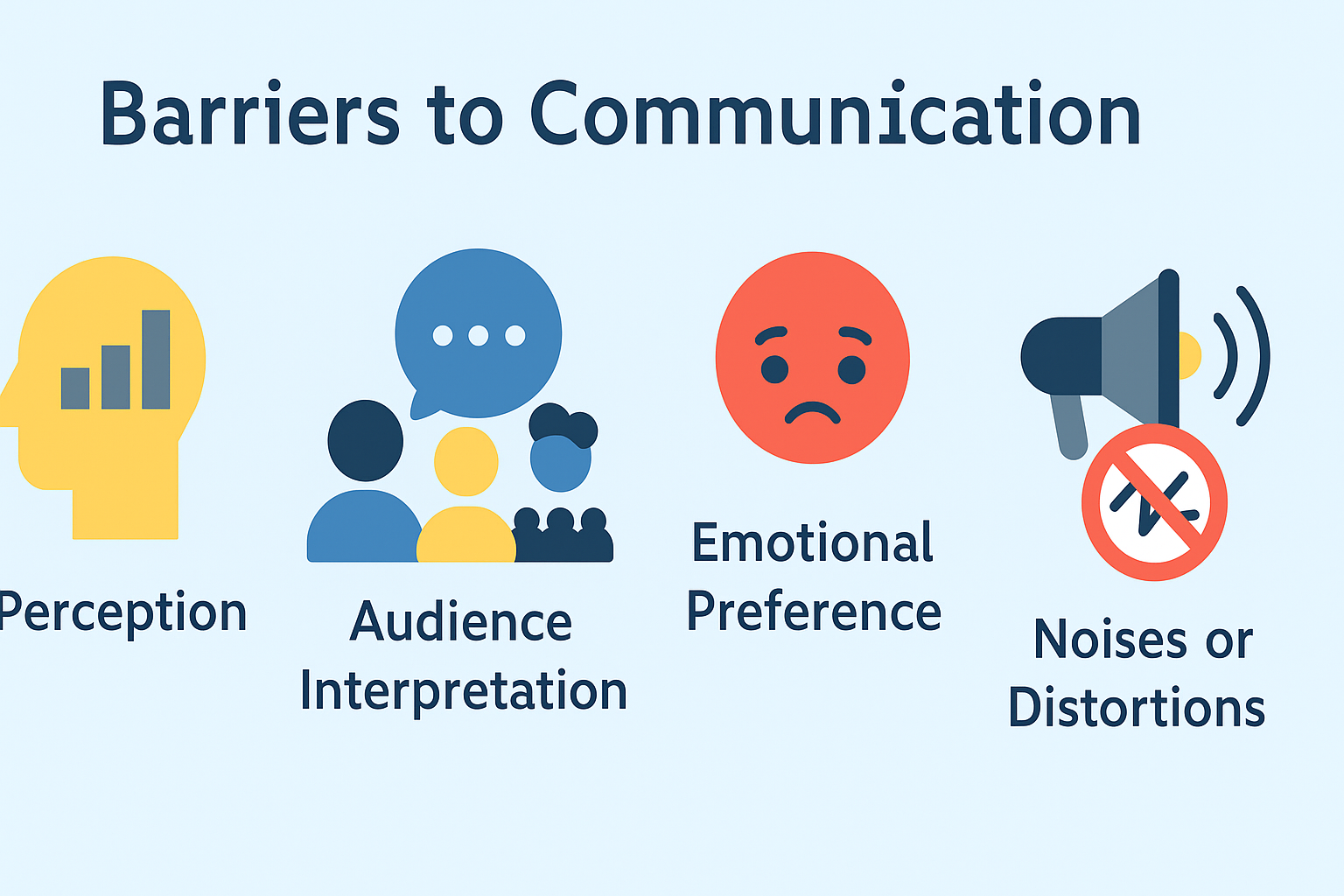Does Early Engagement Boost Instagram Reach?
Hypothesis If a post receives high engagement within the first hour, Instagram’s algorithm will amplify its reach and visibility Experiment Setup With this plan, an account has potential to, 💡 Why It Matters? Instagram’s algorithm rewards early interaction, interpreting it as a signal of quality and relevancy—leading to broader distribution across feeds and Explore pages…
